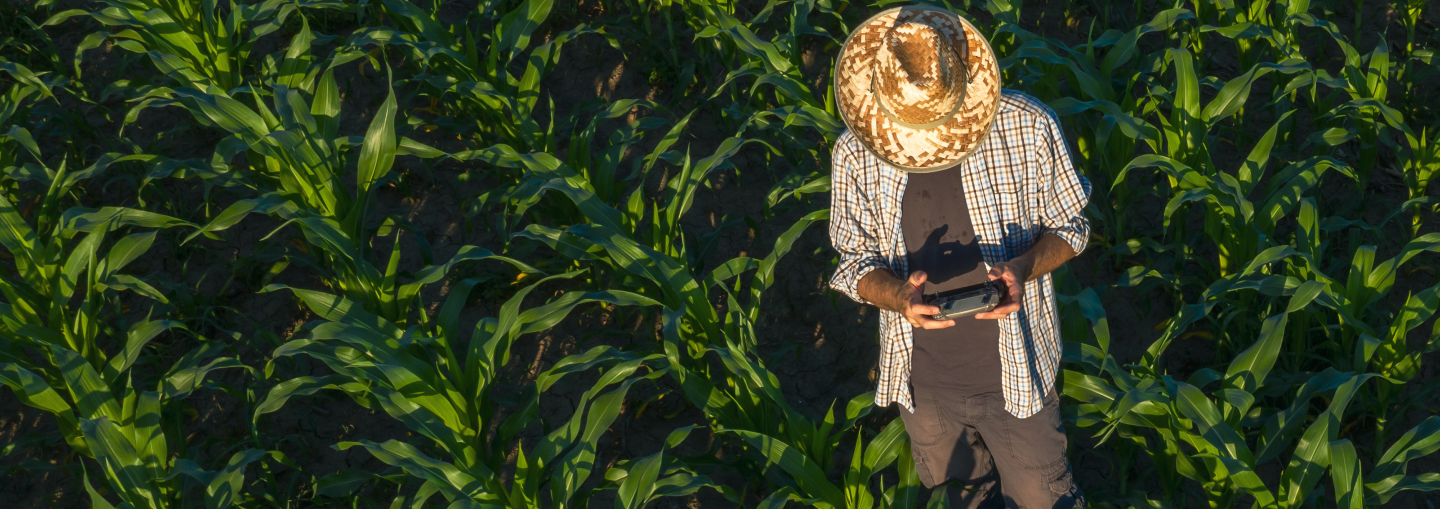Audit
The audit will be carried out by one of our auditors, who will contact you to make an appointment for the first audit visit.

Planning, Phases, and Procedures
First audit visit
We will plan a convenient time and location with you for the audit to take place. He or she may request you to submit documentation that we must assess before this first visit. In some types of audit, such as an ISO 9001 or food safety audit, the first visit may be part of a phase 1 assessment. This phase 1 assessment is not the actual audit, but is meant to get a clear insight in the conditions under which the company is performing its activities. This will include, for instance, legislation, maturity of your organisation’s processes, personnel and the quality system documentation. The phase 2 audit, being the actual audit, is done after completion of the phase 1 assessment. In other types of audit, the first visit will be the actual audit.
Unannounced visit
Normally, you will receive a confirmation of the arrival date and time of our auditor, his/her name and the planning of the visit, a so-called audit plan. The audit plan also indicates what kind of documents and which persons need to be available during the audit. Please note that some standard owners dictate that unannounced audits must be done. If this is relevant, this will be clearly mentioned in your contract. We may also conduct an unannounced audits when we suspect that our certification statement may be in question, e.g. in the event of complaints or if we suspect serious non-compliance.


How can we help you?
Are you looking for a certain service, do you have any questions or do you want to apply for the certification program? Let us know. We’re glad to be of help.